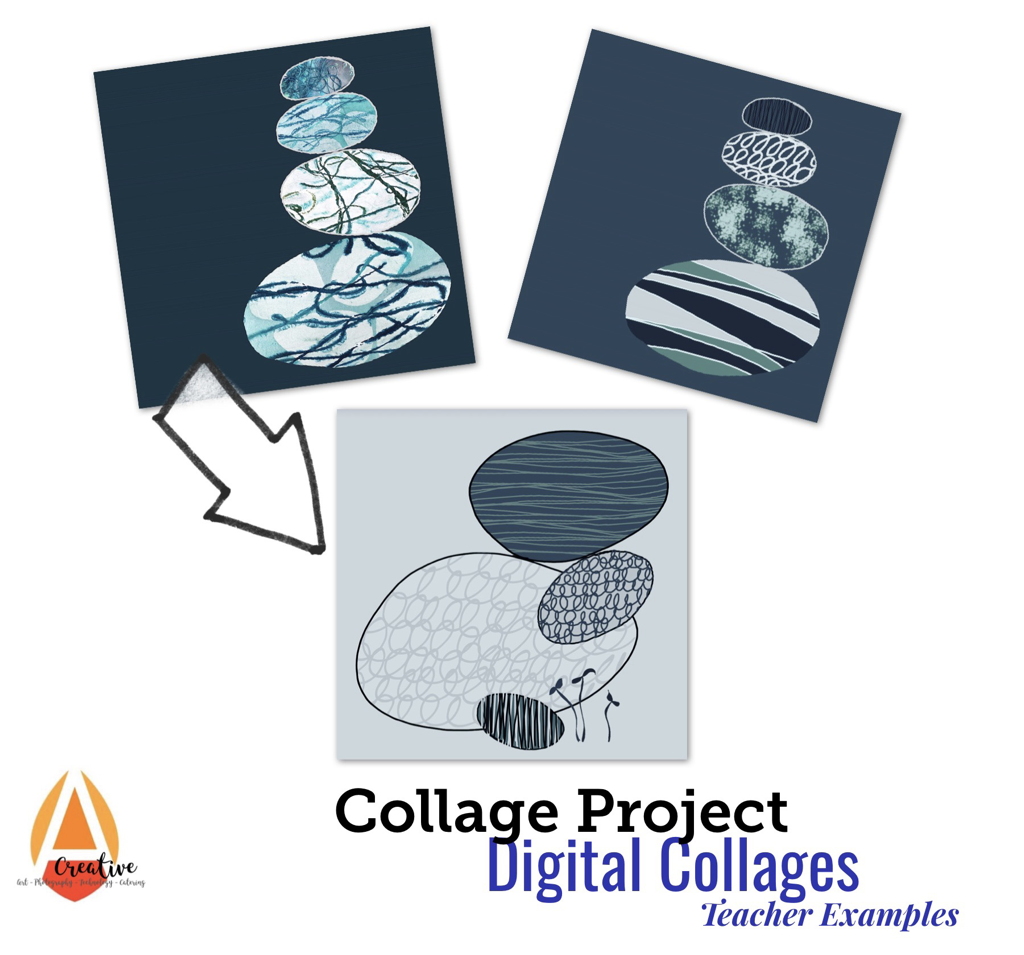A technique of print making that developed from Hectograph printing established by the Russians in 1869. This type of print transfer was used to create multiples - often between 20-80 prints - which were not mirror images and therefore use for school exam papers and posters. Today, Hectograph printing is obsolete, although hectorgraph pencils are used by some tattoo artists to transfer their designs onto peoples skin.
The Gelli plate is a more stable and longer lasting version - due to its plasticity which is easy to create yourself using Gelatin and Glycerin.
The great thing about this method of printmaking it that no printing press is required, you use acrylic paint and therefore drying times are short, and you clean it all up with a baby wipe.
The Gelli plate is a more stable and longer lasting version - due to its plasticity which is easy to create yourself using Gelatin and Glycerin.
The great thing about this method of printmaking it that no printing press is required, you use acrylic paint and therefore drying times are short, and you clean it all up with a baby wipe.
 RSS Feed
RSS Feed

